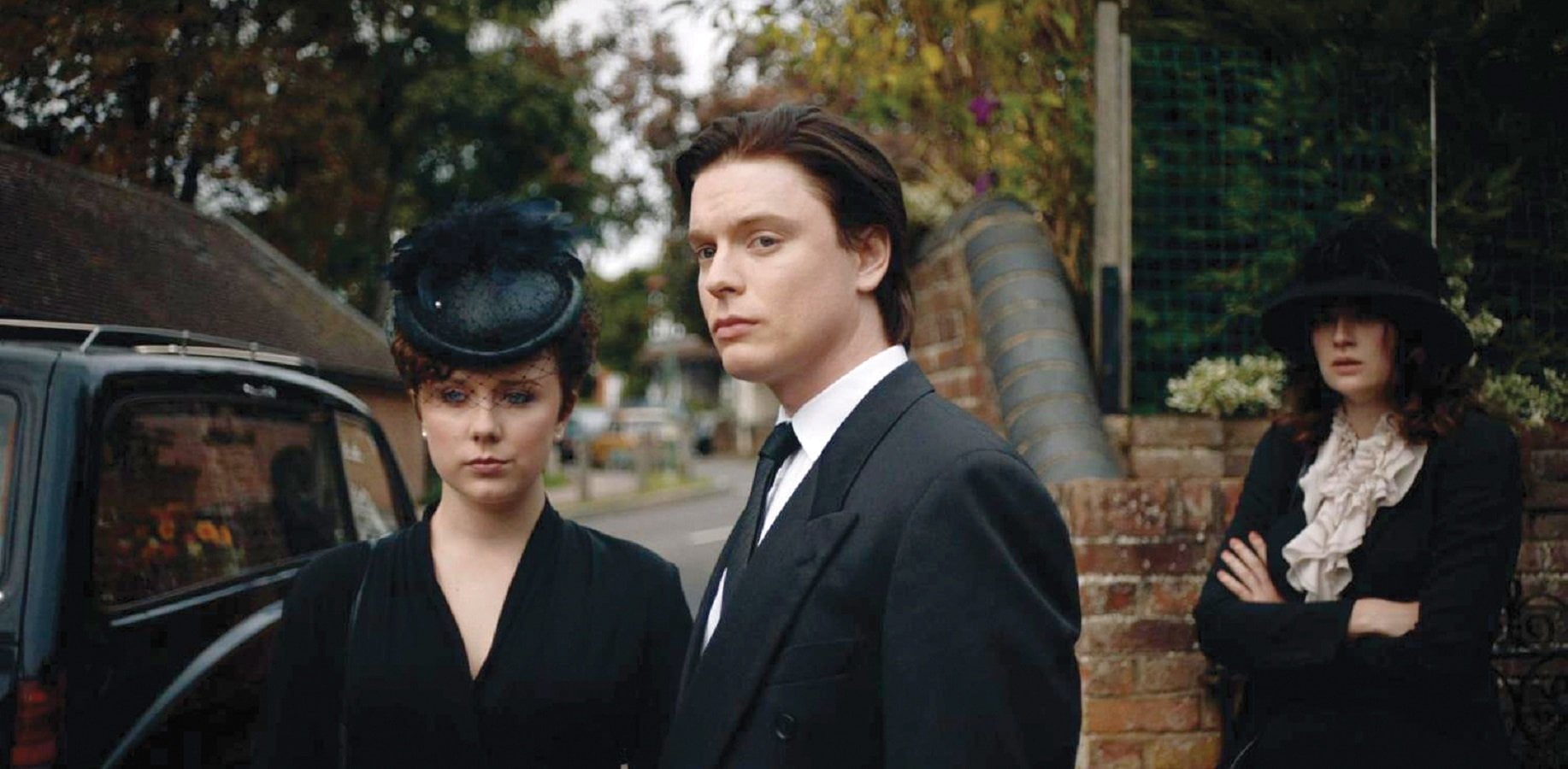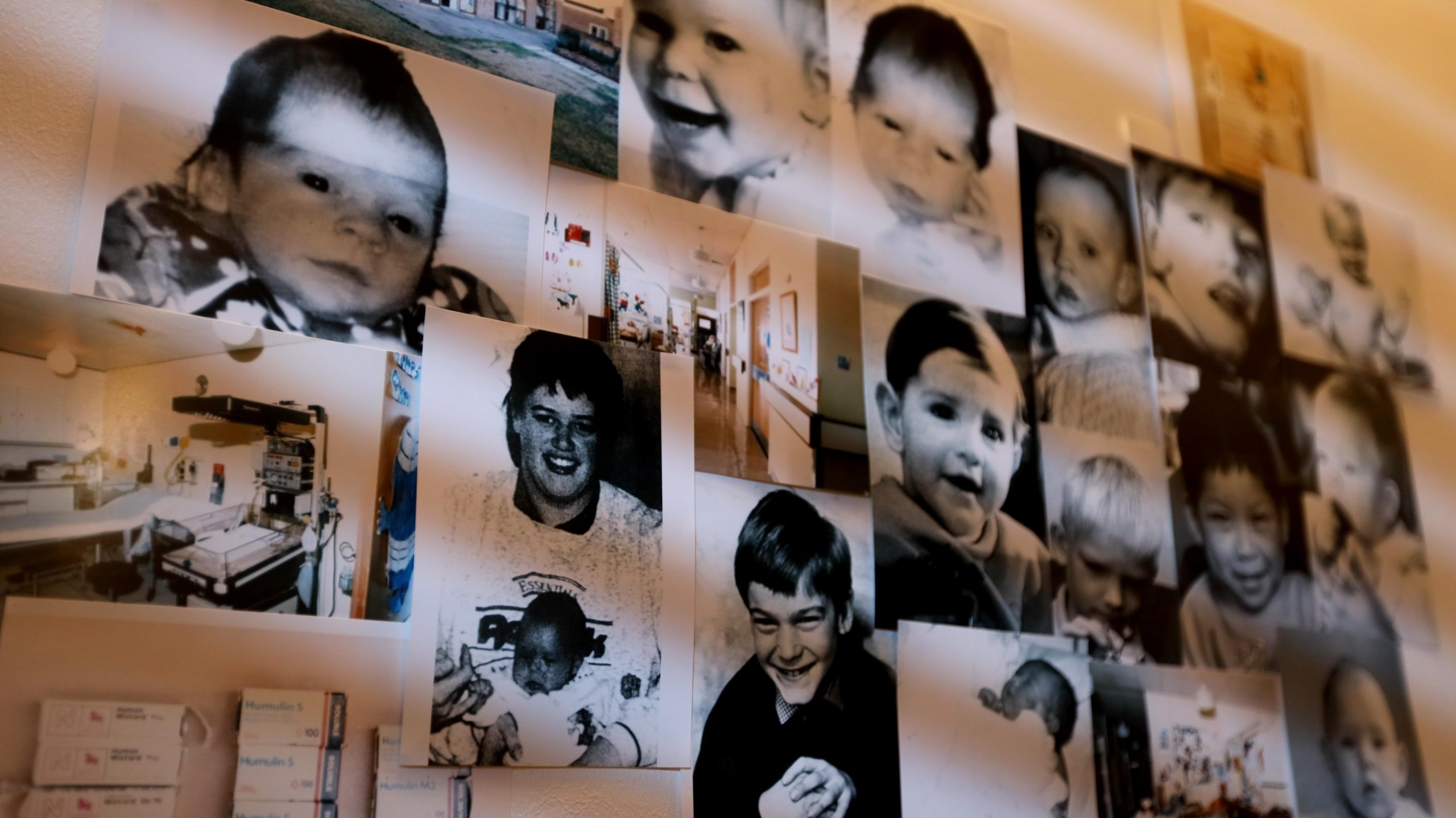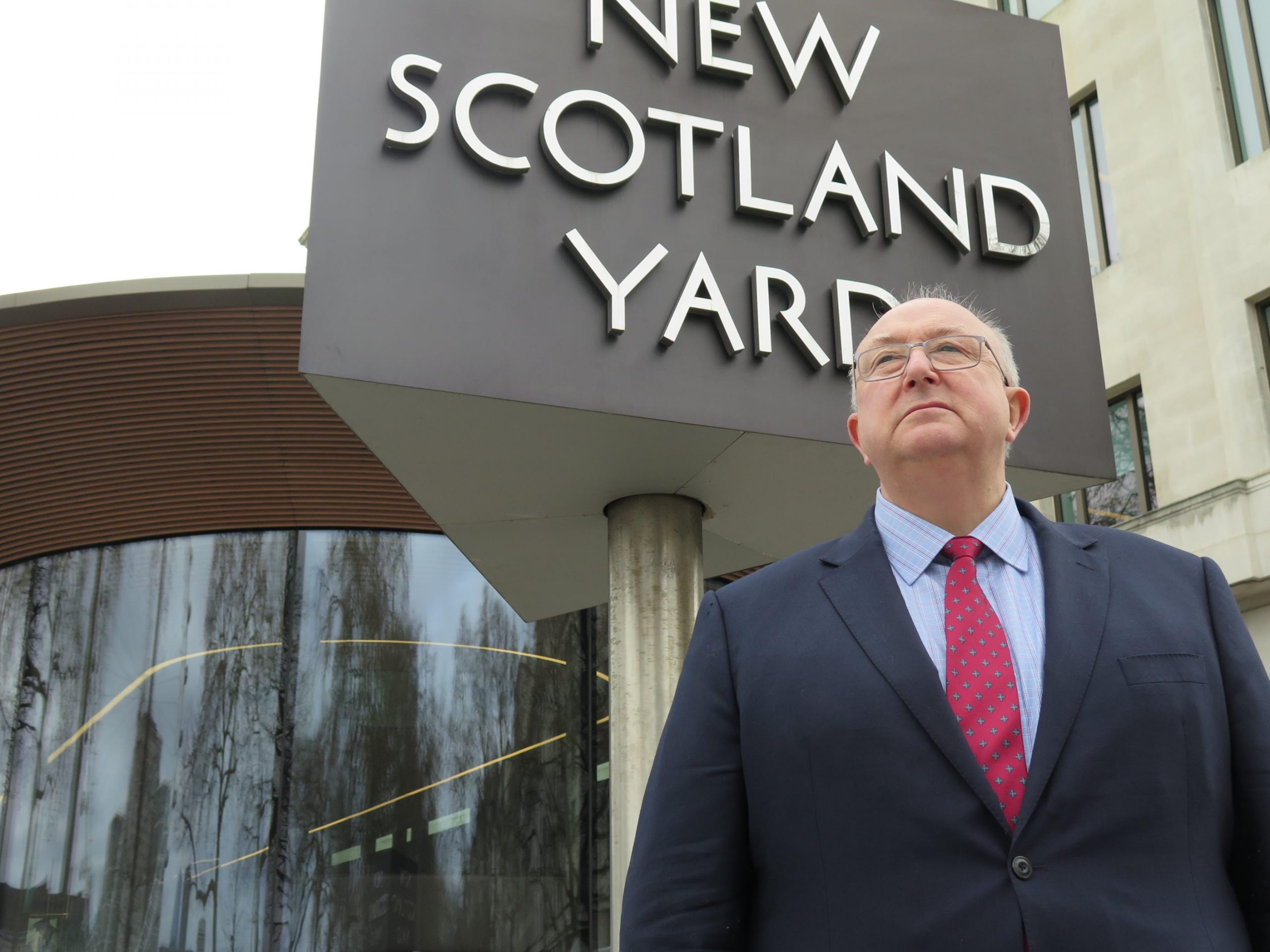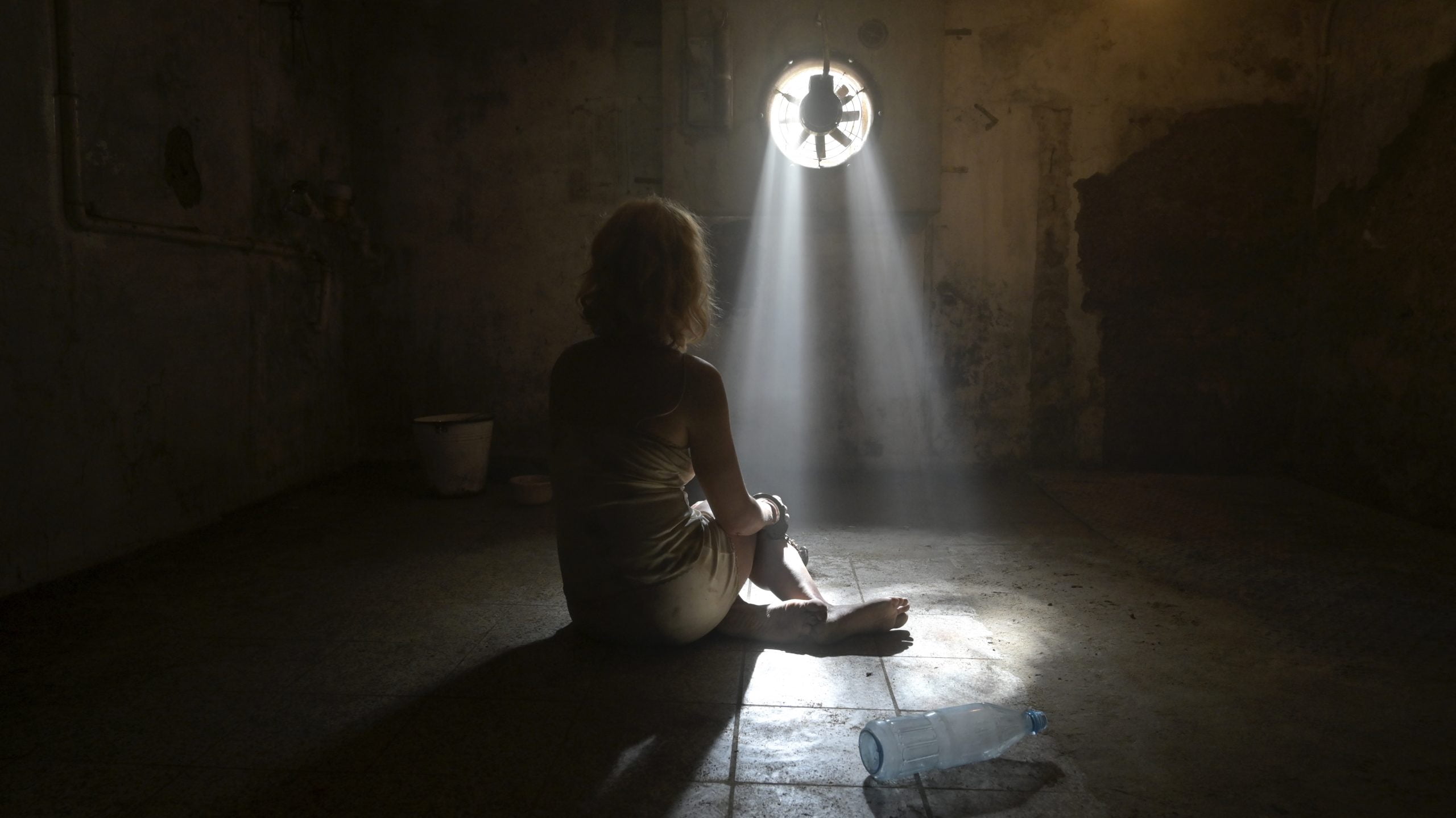Theme Festival - True Crime & Investigation

The true crime genre is booming and extends across documentary and drama, series and one-offs, and can now be found on streamers, cable and FTA channels. But what is driving demand and what shows are coming down the pipeline?
A decade ago, watching true crime TV felt like a guilty pleasure – similar to catching up on a soap omnibus at the weekend instead of going for a bike ride. But the success of Netflix documentary series Making a Murderer (2015) changed perceptions of the genre almost overnight.
Today, true crime scripted and non-scripted shows have infiltrated every corner of the TV ecosystem, from high-volume returnable franchises on pay TV to schedule tentpoles on free TV and streaming platforms. Already in 2021, true crime has delivered water-cooler shows such as BBC drama The Serpent and Netflix doc The Night Stalker.
Julie Meldal-Johnsen, exec VP of global content at ITV Studios, says her company has built up a “broad and deep range of true crime series” that is generating high ratings across all platforms and audience demographics.

“In drama, we have had a run of strong performances with series like Des, White House Farm, Honour and The Pembrokeshire Murders, which was UK commercial channel ITV’s highest-debuting new drama since 2006, with an audience of 11.2 million for its first episode in the week after launch. One thing worth noting about these shows is the calibre of cast they attract; actors including David Tennant, Keeley Hawes and Luke Evans. Another is the fact that they are drawing young audiences back to television.”
Alongside scripted, ITV’s true crime factual includes 24 Hours in Police Custody, Rose West & Myra Hindley: Their Untold Story and Madeleine McCann: The Hunt For The Prime Suspect. “We also have a one-off documentary called The Pembrokeshire Murders: Catching The Game Show Killer, which is a strong companion piece to the drama,” says Meldal-Johnsen. “The producers of the two collaborated closely and the doc has sold well off the back of the drama.”
Expanding on this point, the rise of scripted true crime has not adversely affected true crime documentary. From a production perspective, Netflix has gone into overdrive – with recent factual launches including The Ripper, The Disappearance of Madeleine McCann, I Am A Killer and Crime Scene: The Vanishing at the Cecil Hotel.

As for distribution, Rick Barker, head of sales at DCD Rights, says: “With both genres on our slate, we can confirm that true crime factual is booming and unstoppable. Three factors play a key role with factual: access, expert testimony and riveting subjects. An example on our slate is Deadly Dates, which exposes internet dating stories that had tragic consequences.”
In part, says Barker, the growth of true crime is a consequence of the growing number of outlets seeking shows. But it’s also down to diversification in storytelling approach. “There is room for all forms and style of content, ranging from engaging one-offs such as I Shot My Parents to high-volume and returnable 10-part series such as Nurses Who Kill. Our docudrama franchise Real Detective is the kind of production that can easily sit in both a factual and a drama slot.”

Nevision creative director Anne Morrison agrees that true crime storytelling has evolved. “True crime shows used to reveal almost everything before the title sequences were finished, but now they deliver a more gradual reveal. As a result, the audiences feels like it is learning alongside the investigators.”
In parallel, she says, true crime storytelling is benefiting from innovative production techniques: “Take Expectation Entertainment’s Murder 24/7, which looks at the reporting of murder cases in real time, or True Vision’s Catching a Killer, which follows the story from the initial emergency call to conviction. Both are authentic, immersive approaches that fascinate audiences.”
Morrison says one of the most significant recent trends in true crime has been greater emphasis on the victim perspective. This was evident in Netflix’s recent The Ripper, recounting the Yorkshire Ripper story, and also plays out in The Missing Children, a 3×45’ factual special for ITV, RTÉ and Topic.
Produced by Nevision and True Vision, The Missing Children will investigate the Irish mother and baby home scandal which claimed the lives of 9,000 children. Focusing on a home in Tuam, County Mayo, where 796 babies are believed to have been buried in a septic tank, it will tell the powerful story of survivors and families uncovering the truth. “I’m not interested in projects that glorify crimes or stimulate fear in audiences,” says Morrison. “I’m more interested in telling stories from the victim perspective, exploring the impact on their lives.”
Morrison says this emphasis on the victim’s story has become so much easier in the era of social media: “Filmmakers have access to so many insights that allow them to build a picture of the lives of the victims. Netflix’s American Murder: The Family Next Door is a good example of that.” So, for the record, are other Netflix hits Don’t F**k With Cats and Crime Scene: The Vanishing at the Cecil Hotel.

UK-based Woodcut Media has established itself as a leading true crime producer, with series such as The Killer in My Family, How I Caught the Killer, World’s Most Evil Killers and The Krays: The Prison Years. Business development director Koulla Anastasi, who joined the firm from Crime & Investigation Channel, agrees with Morrison and Barker that “there has been a shift in true crime away from documentaries that are purely biographical in approach. These days, producers have to use their access and archive to find a new way to tell stories.”
This might mean taking a more serialised approach or looking to create a different kind of emotional connection. Woodcut productions Murder at My Door with Kym Marsh and Jo Frost on Killer Kids, for example, use TV celebrities to create an engaging narrative. “The Beverley Allitt Tapes, meanwhile, was built around 16 hours of interview tapes that had never been heard before,” says Anastasi. “It was so haunting to hear this young nurse who was convicted of the murder, attempted murder and GBH of 13 children under her care.”

Superficially, it might seem as though this kind of content would not have worked well during the Covid-19 pandemic, with audiences reported to be in search of escapism. But actually it has prospered, says Anastasi. “There was a dip during the first lockdown when big news events were taking precedence. But true crime then came back strongly. For many people, it is escapist TV.”
There’s a strong Anglo-American vein to true crime but this doesn’t mean it lacks appeal in other regions. All3Media International, for example, has achieved strong sales for Des in markets including Latin America, Australia and Scandinavia.
Elsewhere, Gary Lico, founder of distributor Gary Lico TV, says 25-year-old true crime franchise Forensic Files sells all around the world: “We have around 400 episodes of the show. That volume, combined with the gripping nature of the narrative and the show’s repeatability, works well for buyers.”

The show’s initial run ended in 2011, but it was revived in 2020 by US cable network HLN and met with a strong response. “It was the highest rated series in the network’s history, with an audience comprising 60% female/40% male. It has also done well for Foxtel in Australia, CBS Reality in the UK, Antena 3 in Spain and Nitro in Germany.”
Forensic Files is often held up as the inspiration for drama franchise CSI, but what has enabled the franchise to stay relevant as the market has shifted towards stylised dramas and Netflix-backed serialised documentaries?
“At one level, it’s about staying true to the core concept: a 22-minute format that leaves audiences wanting more,” says Lico. “But it’s also about introducing innovations in policing to audiences. And don’t forget that this brand has a lot of credibility, so that law enforcement and scientists are willing to talk to us. We have amazing contacts from tyre specialists to orthodontists to blood-spatter analysts.”

True crime plays a key role at recently launched distributor Abacus Media Rights. The company’s series slate includes Meet, Marry, Murder (52×60’) from FirstLook TV and The Real Manhunter (6×60’/2×90’) from Revelation Films. In the feature documentary space, its catalogue includes Last Man Standing: Suge Knight and the Murders of Biggie & Tupac (1×105’) from Nick Broomfield and My Name is Bulger (1×90’) from Fine Point Films and Below the Radar TV.
Abacus founder and CEO Jonathan Ford says: “What’s important is to find storylines that can sell internationally. Our true crime feature docs tend to focus on stories and crimes that are well known globally. In series, the universal appeal is also helped with the additional hook of key talent/experts. For example, In The Footsteps of Killers features actress Emilia Fox [Silent Witness], while former Metropolitan Police Detective Inspector Colin Sutton is the writer and presenter of The Real Manhunter.”

In terms of content that originates outside English-speaking markets, current examples include Dark Woods, a ConradFilm and Bavaria Fiction scripted production for ARD Degeto and NDR. This show explores the real-life 1989 disappearance of a woman who was the sister of a high-ranking German police officer.
Maren Knieling, executive producer on the series, says: “Crime fascinates viewers and true crime is the icing on top. When watching true crime, you are facing your worst fears as a crime is possible in your world. This charges emotions and widens the experience, making the fascination universal.”
Dark Woods was a big hit in Germany, with 17 million viewers watching the show in linear primetime. Knieling says distributor Global Screen has also started securing international sales: “On top of its gripping crime story, Dark Woods is a family drama that gives the victim’s perspective. The event series portrays the deep distress her loss causes her family over the course of almost 30 years.”

With the exception of The Serpent, distributed by ITV Studios, true crime shows are generally domestic in subject matter. But Knieling sees no reason why the genre can’t be the subject of creative coproduction. “Leaving aside the financial reasons for a coproduction, crime is not limited by border. Its gripping narrative can reach a global audience and make collaborations organic.”
Many of the current crop of true crime projects dig back into stories from the 1970s to the 1990s – long ago enough not to run into legal issues but recent enough to still be in the audience’s consciousness and also have living contributors.
But can the genre reach further back in time? Is it accurate, for example, to characterise a show like StudioCanal’s Paris Police 1900 as true crime? “It might be,” says creator Fabien Nury. “But I would probably define it as period noir. There are elements of true crime to start with, but it remains a work of fiction. The identity of the murderer, and the links between the case and other historical facts, are invented. It is more like The Black Dahlia than In Cold Blood.”
Part of the challenge when trying to fuse true crime with period storytelling is maintaining factual accuracy. “The French Belle Epoque is a well-documented era, but you simply can’t recreate its reality on screen,” says Nury. “I try to do solid research, but I always have to make choices between different accounts of what happened. And the language has changed so much as well.”
In part, the rise of true crime-based drama is driven by a desire to tell stories that couldn’t otherwise be explored – for example, where the central character is dead. But even where this isn’t the rationale, Nury stresses there is a lot of value in basing story-telling on factual events.
“The characters, situations and stakes I find with research are usually more powerful than the ones I invent,” he says. “In Paris Police 1900, I had to deliver an epic noir series, not a true crime. But I brought up the true elements because history beats my own imagination by a mile.”
Truth, as they say, is always stranger than fiction.